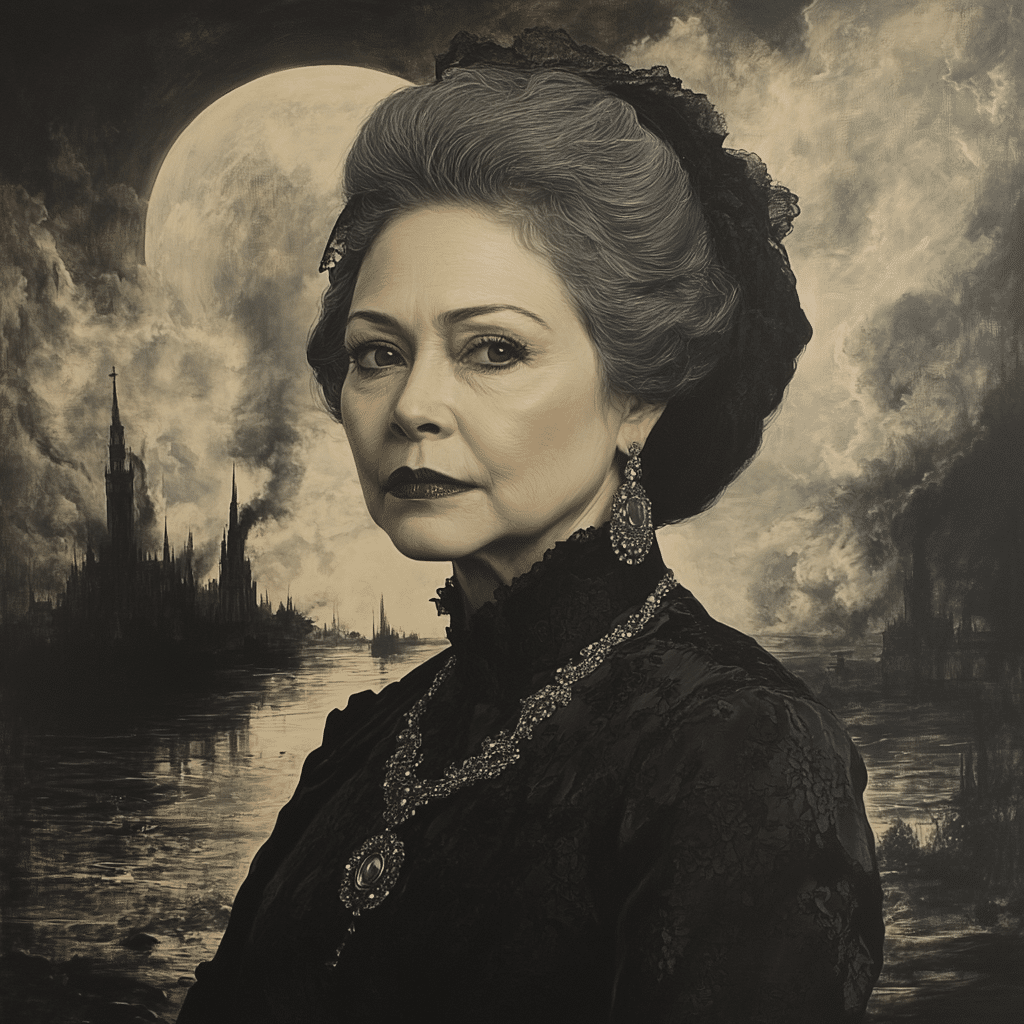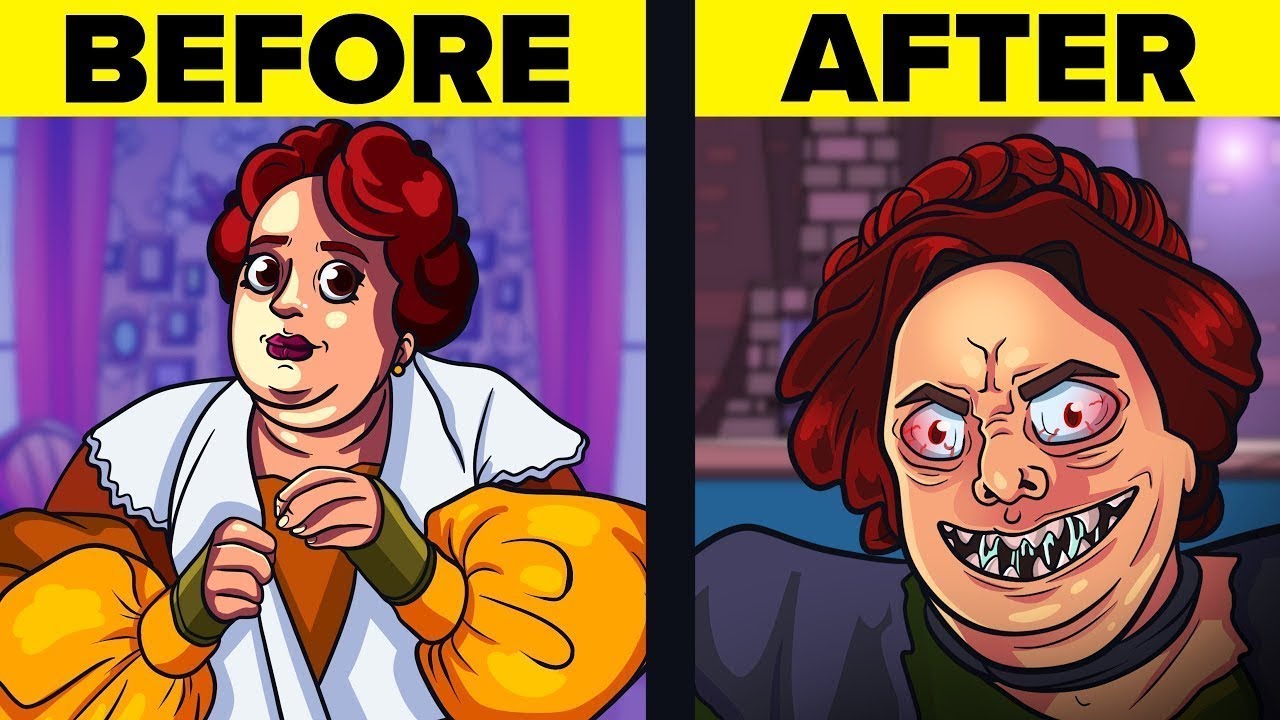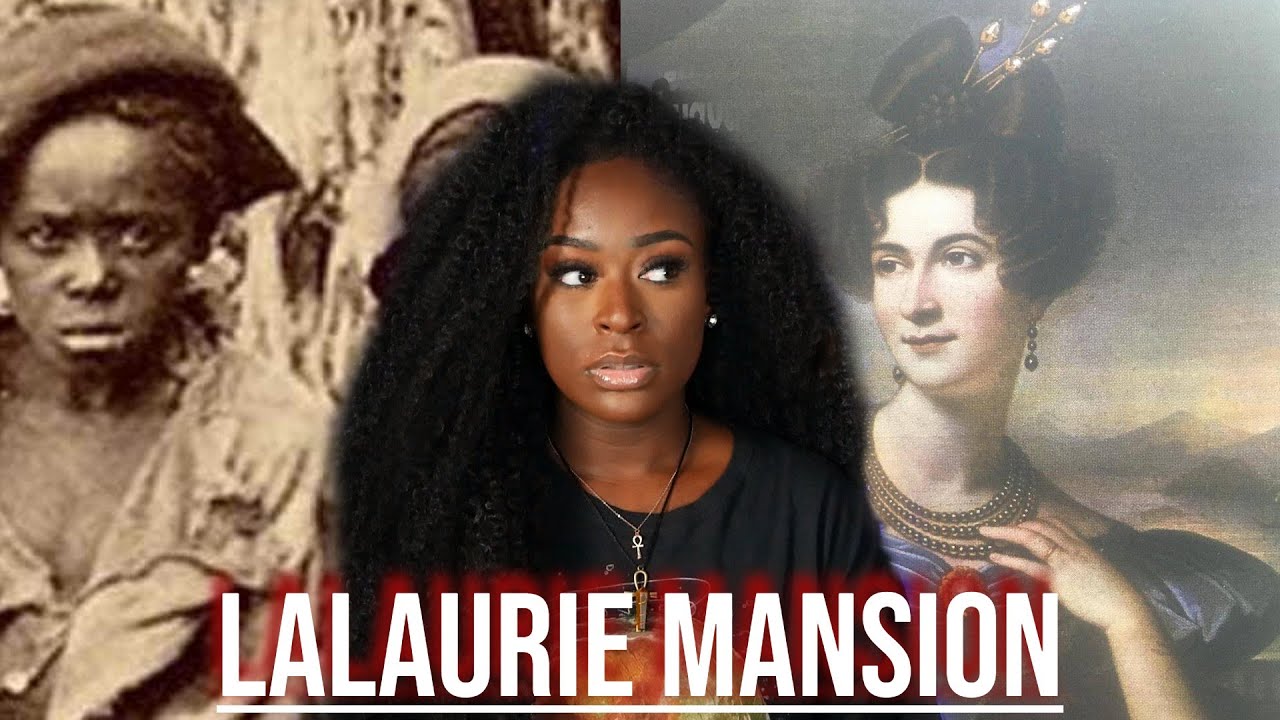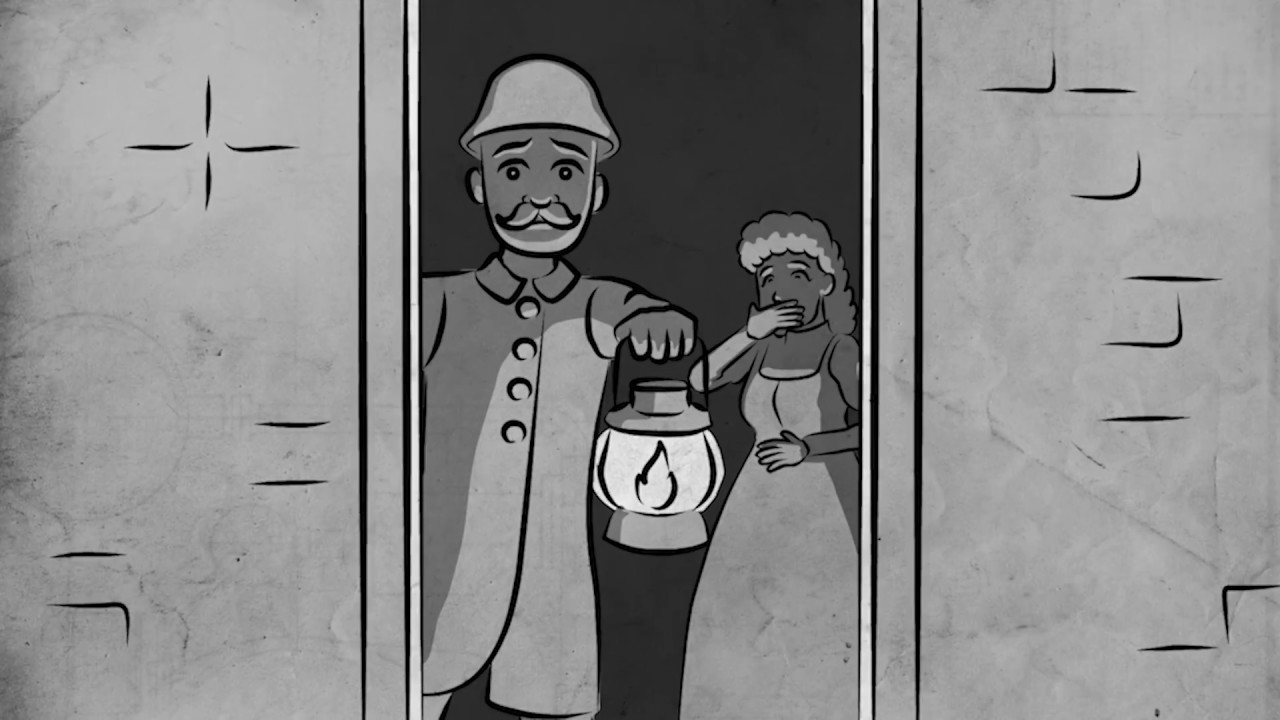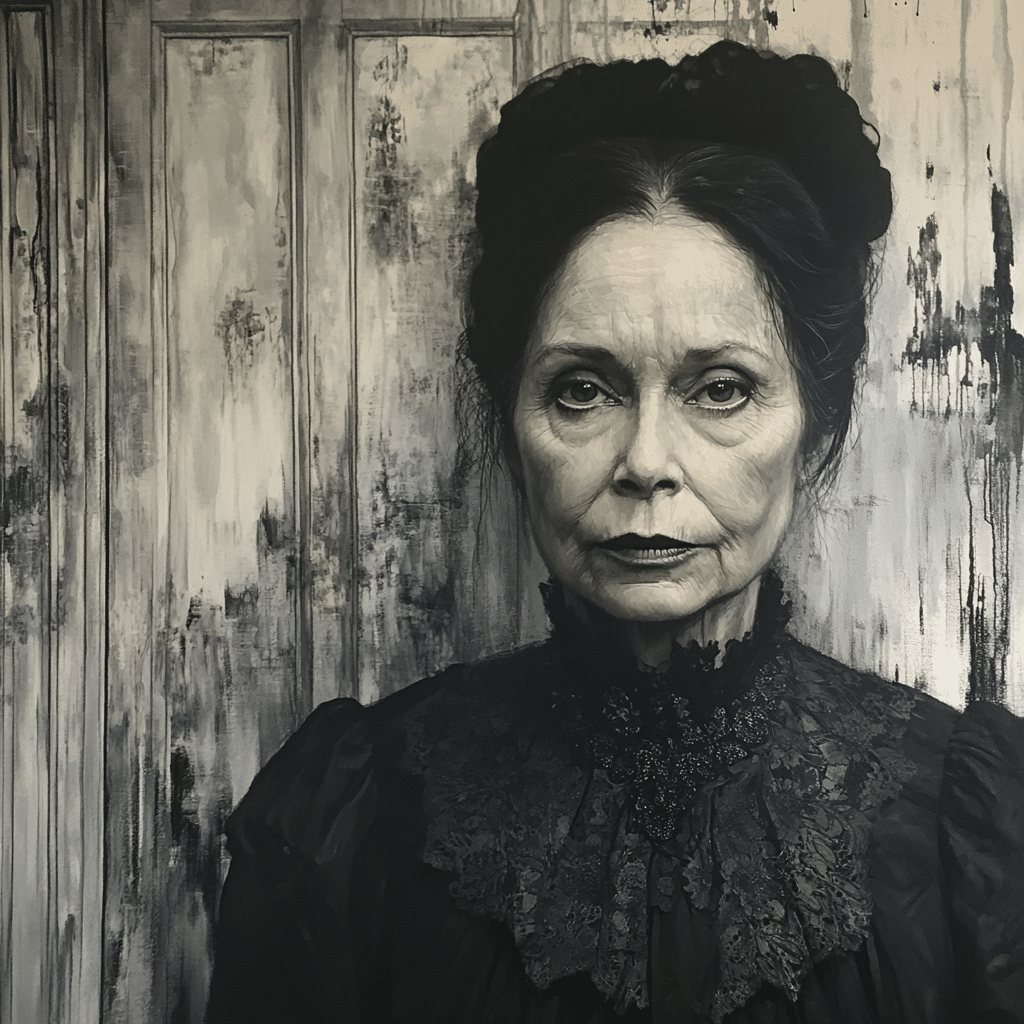
Madame Lalaurie The Dark Legacy Of A Notorious Figure
Unraveling the Historical Figure of Madame Lalaurie
Madame Marie Delphine Lalaurie’s name sends shivers down spines. Born in 1787 into a wealthy Creole family in New Orleans, Madame Lalaurie appeared to float through life on a cloud of privilege. But what many don’t know is that behind the dazzling façade of society gatherings and elite status lay a chilling reality. As a slave owner, she inflicted unspeakable horrors on those in her care, leading to her eventual demonization.
Her early life was marked by wealth and social standing, yet these advantages concealed a darker side. With three marriages and a prominent social position, Madame Lalaurie rose within New Orleans society, drawing attention for her opulent lifestyle. Yet, events in the early 1830s would change everything. A fire at her mansion revealed the appalling truths of her brutal treatment of enslaved individuals. Eyewitnesses recounted scenes of dismay and tragedy that shattered the image of a nurturing matron.
Through the stories of those who witnessed the aftermath, Madame Lalaurie’s legacy took a sharp turn. Words like “monster” and “savage” became attached to her name as accounts of her cruelty spread like wildfire throughout the city. This section paints a vivid picture of her life, exploring how a woman who once danced at high-society balls became the embodiment of horror in American history.
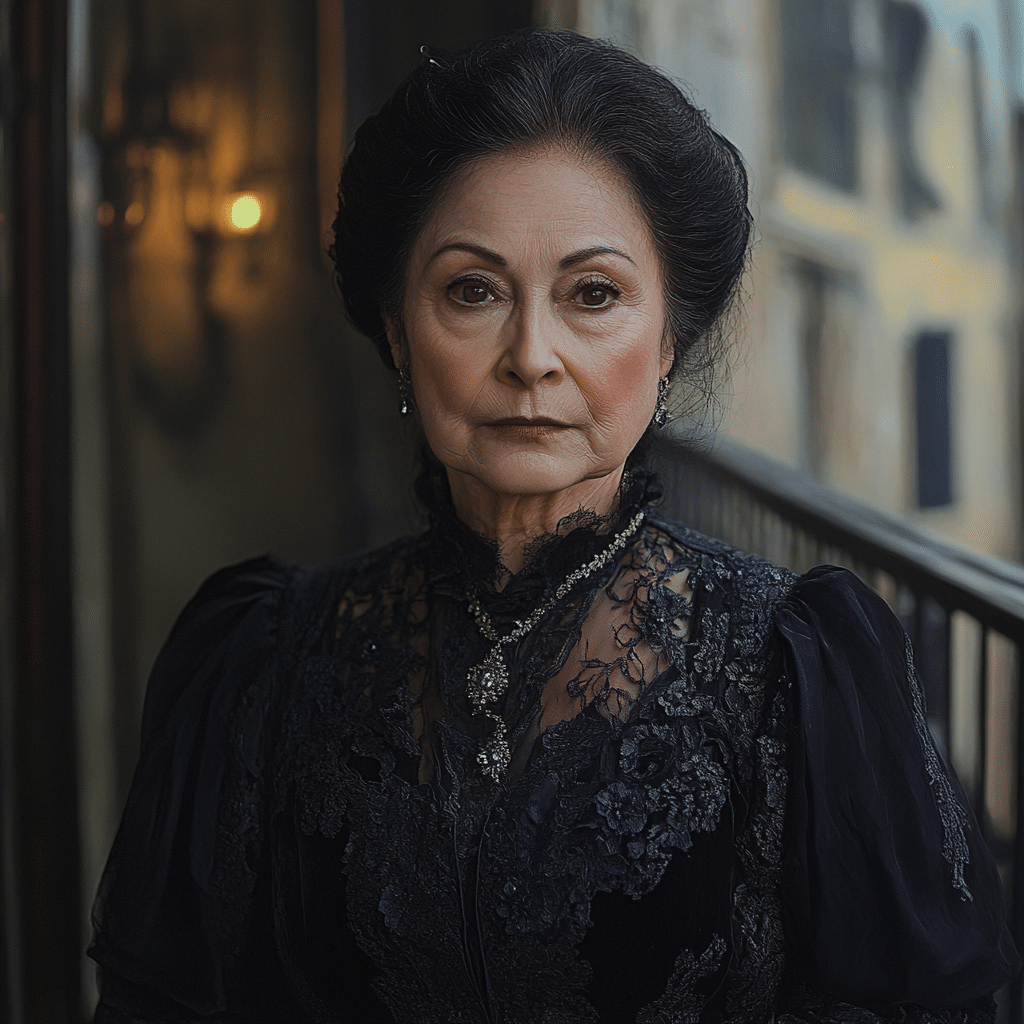
The Terrifying Realities of the Lalaurie Mansion
The Lalaurie Mansion, standing proud at 1140 Royal Street, has become synonymous with dread, drawing ghost hunters and historians like moths to a flame. It’s a hard pill to swallow, but this once-elegant residence now serves as a chilling reminder of the atrocities tied to Madame Lalaurie. Following the infamous fire in 1834, stories of torment emerged, casting the mansion in a sinister shadow.
Visitors to the mansion often recount tales of ghostly sightings and feelings of unease. Eyewitness accounts describe eerie happenings and haunting whispers, making it a hotspot for paranormal enthusiasts. Insights from historical documentation reveal that the mansion, with its intricate ironwork and ornate design, transformed into a character itself in the story of Madame Lalaurie.
What makes this mansion stand out is not just its architecture but its tragic history. Each brick and beam seems to tell tales of suffering, echoing the voices of those who endured unimaginable pain. Today, the Lalaurie Mansion stands not just as a home but as a timeless symbol of the enduring scars of slavery in America. The chilling connection between the mansion and Madame Lalaurie’s dark legacy serves as a powerful reminder of the need to confront our past.
The Unconventional Influence of Madame Lalaurie in Modern Culture
Literature and Film
The haunting story of Madame Lalaurie has leaped from historic texts into contemporary storytelling. In the acclaimed TV series “American Horror Story: Coven,” her character comes alive, embodying a villain who captures the audience’s imagination. The depiction may not fully align with historical facts, but it opens doors to discussions about how fearsome figures shape narratives in our cultural consciousness.
Tourism
While some cringe at the thought, many flock to the Lalaurie Mansion, drawn in by the duality of horror tourism and education. This phenomenon raises pertinent questions about how we represent tragic histories. Are we merely capitalizing on pain, or can we transform it into a teaching moment? The mansion serves an essential role in blending this reflection on the past with the allure of ghost stories, creating a complex experience for visitors.
Artistic Representations
Across various art forms, from paintings to performances, Madame Lalaurie inspires creative minds. Artists engage with her story through various lenses, prompting reflections on the ethics of representation and interpretation. This transformation of terror into avenues for artistic meditation invites deeper societal reflection, shifting the narrative from simple horror to profound understanding.
Social Media Influence
In the world of Instagram and TikTok, the eerie legacy of Madame Lalaurie spreads like wildfire. Historians and enthusiasts share chilling tales, bringing her story to new audiences. This online presence not only educates but also fosters community engagement, prompting conversations about the complexities of historical figures who embody darkness. The reach of social media has cemented Madame Lalaurie’s status as a part of today’s cultural fabric, resonating far beyond her time.
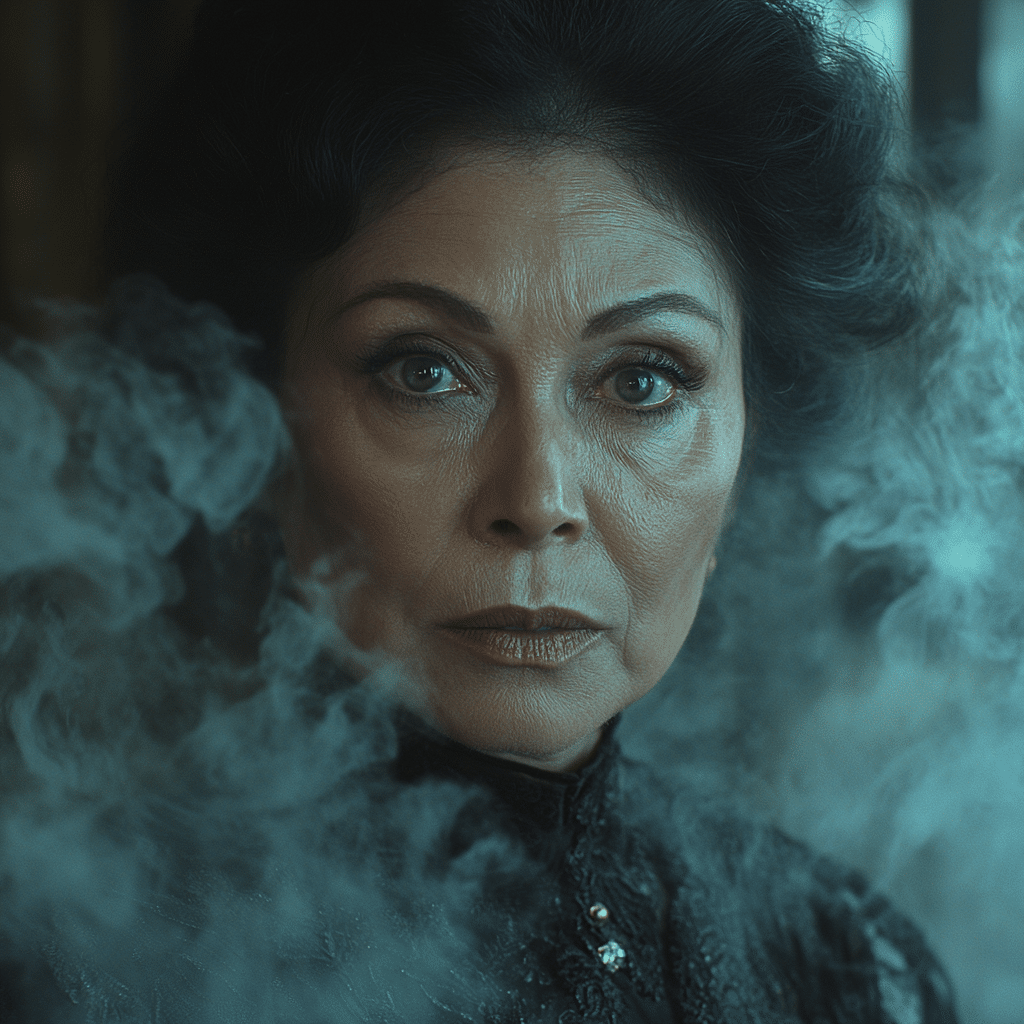
Madame Lalaurie’s Legacy: Implications for Historical Narratives
Looking at Madame Lalaurie’s actions through a broader lens reveals troubling themes still relevant today. As we reflect on her life, questions around power dynamics, race, and gender leave indelible marks on our understanding of American history. The narratives we choose to uplift shape public perception and discourse, interweaving the past with modern-day implications.
For many, Madame Lalaurie represents the chilling realities of slave ownership and the abuse of power, providing critical insights into how societal norms allowed such atrocities. Her legacy has sparked debate on how we address complex histories in education, art, and media. In doing so, it encourages a dialogue about healing old wounds and acknowledging historical injustices.
Navigating the legacies of figures like Madame Lalaurie forces us to grapple with uncomfortable truths. Acknowledging these narratives is essential, paving the way for understanding and accountability rather than erasure or glorification.
The Connection to Operation Raccoon City: An Evil Tale of Inhumane Experimentation
Operation Raccoon City, a chilling video game, mirrors some of the darkest elements of Madame Lalaurie’s cruel legacy. The game dives into themes of unethical experimentation and human suffering, creating parallels that feel all too real. The blending of horror tropes with gaming mechanics includes shadowy organizations conducting brutal tests, similar to the physically and psychologically tormenting practices attributed to Madame Lalaurie.
As players navigate through the gore-filled landscape, the game invokes fear and engagement, drawing players into a narrative that echoes historical wrongdoing. From the graphics to character motivations, game developers capture the essence of cruelty experienced by victims, highlighting the importance of remembering the past while exploring fictional realms.
This connection is poignant; whether through history or gameplay, we confront deep-seated fears about humanity’s capacity for evil. Madame Lalaurie stands as a horrid reminder within both contexts, providing a lens through which gamers reflect on their decisions and narrative outcomes.
Madame Lalaurie: A Phantom in Gramercy Park?
Though her mansion rests in New Orleans, Madame Lalaurie’s presence tentatively reaches as far as Gramercy Park in New York City. The threads of haunted history connect these culturally rich locales, weaving a tapestry of narratives exploring human cruelty. Through architecture and art, echoes of her dark legacy may persist in various forms around the country.
In Gramercy Park, the Victorian architecture echoes the gothic tales of the past. Here, whispers of Madame Lalaurie can be felt through artistic installations that nod to societal challenges. Artists explore moral inquiries sparked by Madame Lalaurie’s historical presence, weaving a narrative that transcends her physical location while remaining rooted in a shared understanding of historical reflection.
The link between Madame Lalaurie and different historical sites invites further exploration. As chilly tales travel through both cities, a network of haunted legacies emerges, offering opportunities for revealing stories while keeping the painful past alive.
Creative Reflections on the Legacy of Madame Lalaurie
Ultimately, the legacy of Madame Lalaurie presents an opportunity for us to reckon with history’s darkest chapters. While her name remains associated with evil and cruelty, her story serves as a necessary reminder of the depths of human cruelty. Diving into her legacy encourages a dialogue about injustices that should never be forgotten.
By unpacking her life and the broad consequences of her actions, we invite deeper conversations around historical narratives. This reflection fosters engagement with the past, pushing for understanding rather than glorifying or vilifying figures without context.
The dialogue around Madame Lalaurie offers us a path toward healing through acknowledgment, ensuring that the whispering echoes of her actions remind us of the complexities of history. The opportunity to learn and reflect on what Madame Lalaurie symbolizes speaks volumes about our collective journey through morality and justice, a journey that shouldn’t be overlooked.
Exploring the tangled legacies of figures like Madame Lalaurie enriches our understanding of humanity’s capacity for redemption and horror. With every tale told and every memory honored, we inch closer to a future where history informs action, and compassion prevails over cruelty.
Madame Lalaurie: The Dark Legacy of a Notorious Figure
A Glimpse into the Infamous Life of Madame Lalaurie
Madame Lalaurie, born Marie Delphine Macarty, was a socialite in early 19th-century New Orleans whose dark legacy still haunts the city today. Not only was she known for her extravagant lifestyle, but her reputation took a nosedive when her cruelty towards enslaved individuals came to light. After a fire broke out in her mansion in 1834, rescuers discovered the horrifying treatments she had inflicted on her enslaved people, leading her to flee to France, where she supposedly lived in exile until her death. This dreadfully captivating narrative is enough to send shivers down anyone’s spine. Interestingly, Madame Lalaurie’s life inspired various portrayals in pop culture, including a character in American Horror Story, connecting her story to contemporary themes of social justice and cruelty, much like those raised in voices advocating for supporting addiction policy changes.(
Ties to New Orleans and Its Spooky Atmosphere
The LaLaurie Mansion remains a focal point for ghost tours, adding to the eerie vibes surrounding the city. After its infamous history, the mansion transformed into a bastion of local tales, highlighting New Orleans’ unique blend of charm and horror. As tourists wander through the streets, they often stop by the mansion, eager to learn about its layer of darkness. Did you know that many New Orleanians believe the area is cursed? They say that her spirits linger, haunting the living and repaying her sins in the shadows. The city’s spirit is alive with stories just like the folklore behind Sangre Por sangre, a popular supernatural film that similarly dives into themes of hauntings and revenge.
Intricacies of a Dark Legacy
While Madame Lalaurie faces immense scrutiny for her past, her story taps into broader narratives of oppression, power, and the consequences of unchecked cruelty. Many parallels can be drawn between her life and individuals today who bring awareness to social issues, illuminating how history often repeats itself. Additionally, her tale aligns with discussions around the folklore of obsession with the macabre, as seen with trends like food-themed shows such as Love Sushi, where even a lighthearted topic can have a dark twist. Undeniably, Madame Lalaurie continues to be a poignant figure that sparks conversation, reminding us of the importance of empathy and compassion in our society.
Madame Lalaurie’s existence serves as both a warning and a call to action, urging us to reflect on the past while addressing current issues. As we unpack the disturbing elements of her legacy, we are reminded of the delicate balance between light and shadow. Her life is a complex tapestry, woven with echoes of history and the ongoing dialogue about humanity – much like how the world of entertainment morphs over time, from classic horror narratives to modern narratives like that of Miguel Leon Tyson,( which attract our attention and provoke thought.
